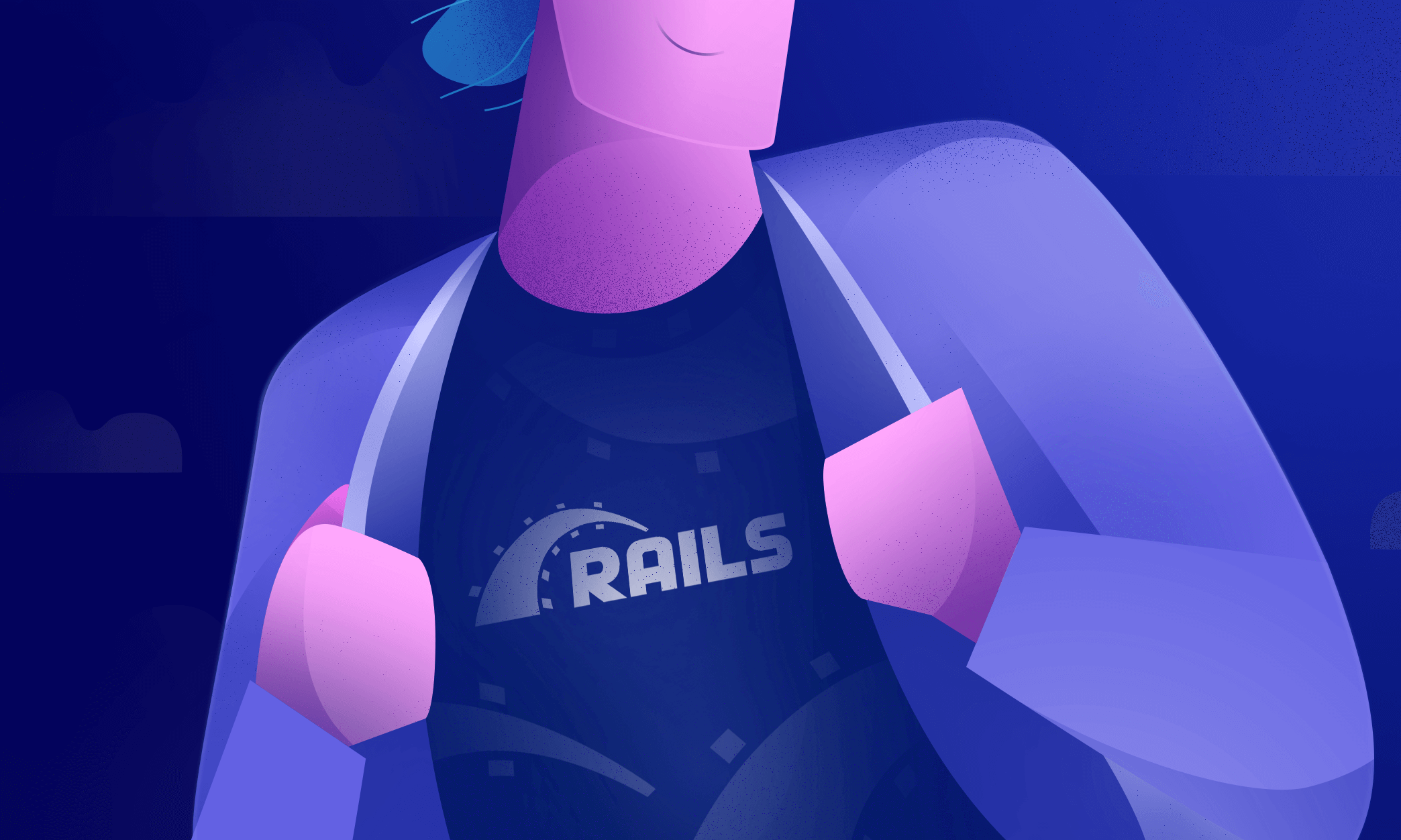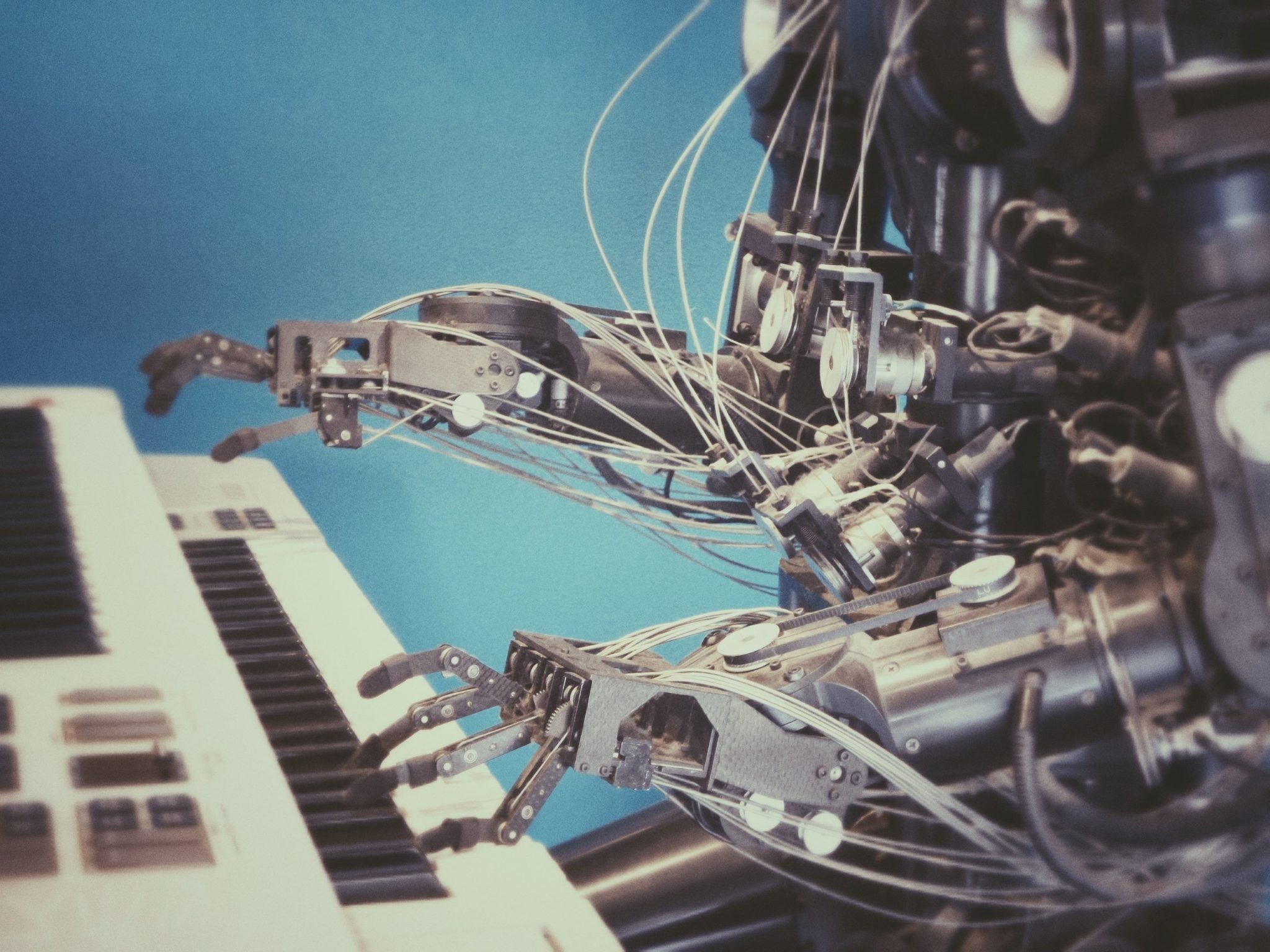At first glance, the world is suffering from a strong fixation on tools. Enterprise software gets increasingly sophisticated and automates an increasing number of jobs. But is this trend effective in a highly soft skills-dependent human resources sector?
On the other hand, the war for talents has never been so harsh and demanding. Due to automating the dull and repetitive jobs with machine learning or some hard-coded heuristics, the market for simple jobs is shrinking while the amount of highly complex tasks is on the rise.
.png?width=1584&name=Python_%20The%20Definitive%20Business%20Guide%20-%20blog%20banner%201584x396%20(1).png)
According to the McKinsey report, the relationship between the quality of talent and business performance is dramatic. The productivity gap between average performers and high performers is no larger than 50% in the low complexity tasks, while in the very highly complex tasks it can reach up to 800%.
What’s even more challenging for the modern HR department, almost one-third of senior leaders cite finding talent as their most significant managerial challenge. The problem goes global, as it is in every other aspect of life today. A brain drain, the situation when a highly skilled worker migrates to the country where he or she can get a better life, abandoning the home country where he or she got educated, is taking an increasingly high toll on economies.
The problem is seen not only in developing countries. According to the recent EU report, a brain drain is a serious challenge for many developed countries in the EU, especially considering the shrinking population and plunging fertility rates. Thus, even a natural process of migration that usually shouldn’t be considered a brain drain can lead to significant challenges for companies in searching for talented employees.
Considering that, modern HR departments face challenges unseen before. Yet the industry is not without tools to defend. The machine learning-based technologies can significantly support the process of searching and hiring employees as well as improve their well-being and reduce retention.
Good and proven-to-be-effective examples are to be found below.
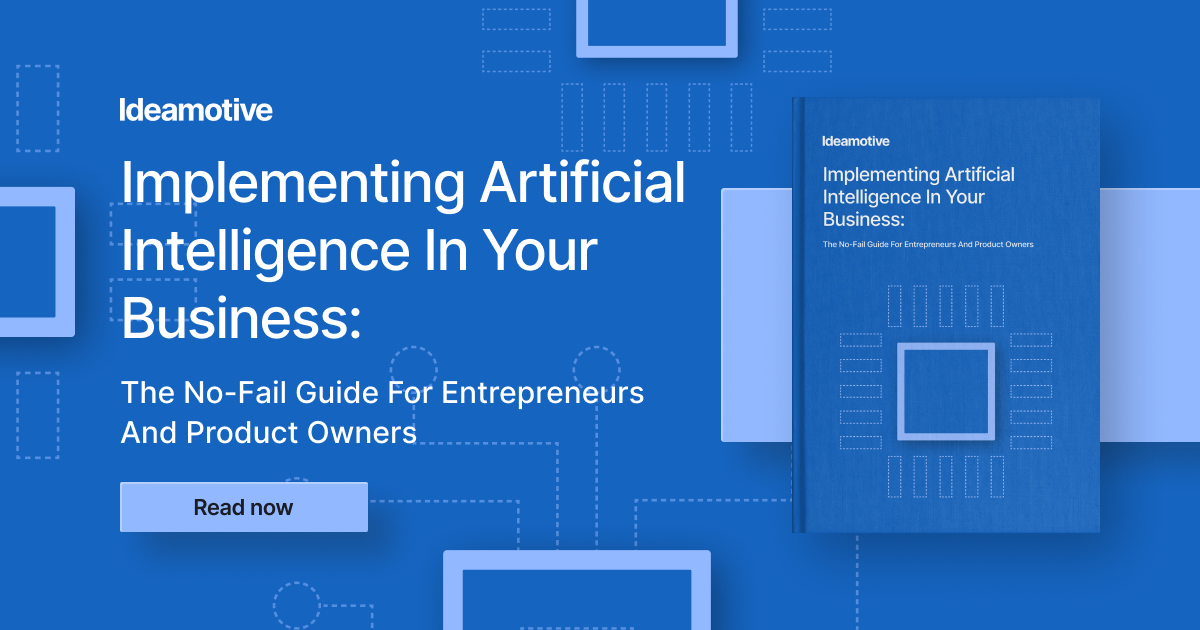
Examples of AI in HR
Despite the common understanding of HR as a soft-skills and emotions-based industry, it is as highly data-driven as the rest of modern business. With that data harvested for insights and used properly, the company can build competitive advantage not by technology, but with staff it hires.
1. Scanning resumes
Starting from the obvious one, every HR manager or specialist faces a dull and challenging process of scanning many resumes and applications that are sent to the company for various positions. This is the step where the experience of the staff is crucial - fast scanning and selection is a key skill on this step of the recruitment process.
Yet all resumes are digital today, with an increasing number of companies willing to get not the PDF document, but asking the candidate to fill in the information about oneself in the online form. With that, the natural language processing-based tool gains the structured data to process and spot the candidates who stand out from the crowd.
Example:
A good yet controversial example comes from Amazon. The company has recently scrapped its resume scanned due to diversity issues. The solution was biased against female engineers due to the dataset it was trained on - in the dataset male coders were overrepresented so the machine learning-based technology assumed male coders are more desirable.
This is, of course, nonsense and highlighting that is a good way to avoid such a failure in the future. This story shows not only that these solutions are currently used, but also provides information on how to avoid common traps and fallacies.
2. On the go talent management
Hiring talent is only one way to acquire it for the company. Mentoring and staff training is another way to gain access to people with desired skills. In fact, mentoring is going to be one of the most important trends in future workforce building. According to the SAP-conducted research, mentees are more likely to believe they will advance in their career and that their organization will provide sufficient opportunities for career growth. The process of connecting mentors with mentees can also be augmented with AI.
Example:
Ellen is an AI-powered app delivered by NextPlay.ai. The goal of the company is to connect potential mentors with mentees in a seamless way. As soon as one chooses to access the program of mentoring, the app is connecting him or her with the most valuable partners, be those ones seeking mentors or who are willing to share their knowledge. The app is currently in development, supported by SAP.io foundry in San Francisco.
3. Employee churn reduction
Attracting or nurturing talent in the organization is one thing. Keeping it from changing the job is completely another issue. Hiring headhunters to… well… hunt the most promising candidates from the market is not a novelty. But their tactics are getting increasingly sophisticated. Also, top players are aware of the single talent’s worth on the job market and are willing to pay bigger wages and offer more benefits to attract desired people.
It is a particular pain in tech companies, where finding skilled people is especially challenging. By processing the data about employees and the information about their activities, artificial intelligence is able to spot people who are willing to change their job and make some preventive moves.
Example:
IBM is one of the most renowned tech companies in the world, with a strong hardware background and recently built cloud and AI capabilities. According to the company’s claims, their AI-based system is able to predict which employees will leave their job with 95% accuracy. Also, the AI-based software is currently performing tasks that were recently done by up to 30% of the HR department’s staff.
4. Inclusion and equality promotion
With the war of talents raging on, companies are getting increasingly aware of minority-related issues and the ease of making someone offended. To make sure that the language used in the communication contains no offensive content or is not biased, companies used to hire public relations staff. But sometimes it is not enough and even a group of people is unable to efficiently process all the communication at a reasonable time.
Employing the natural language processing model to oversee communications can be the most effective way to solve this problem.
Example:
Textio is the augmented writing platform that analyzes the text in real-time to spot mistakes or linguistic clumsiness. Also, the platform is spotting the biased or offensive language and provides suggestions for replacements.
5. Chatbots
Chatbots are versatile tools to use in various branches of business, be that HR department, customer service or a helpdesk. It is not a surprise that using chatbots is one of the most important AI trends in 2020. Interacting with the computer in a natural way can deliver better results than using traditional, human-powered ways. It is an interesting paradox, that the communication that is overseen by humans is a less humane one than the automated one.
Chatbots can be used not only to support contact with potential candidates but also to augment the internal operations of the company. This can be helpful in especially demanding working environments.
Example:
British NHS, a national healthcare provider, uses a chatbot called CoachBot developed by the London-based HR company called Saberr. The system performs short interviews with staff, asking about the problems and challenges in their daily work. Also, the chatbot can deliver short instructions that aim to improve the team’s performance and well-being.
The fact that the answers are not going to be directly processed by a human is yet another factor that supports chatbot in its role. Sometimes it is easier to share some remarks when one is sure of his or her anonymity.
Another example comes from MYA systems. The company delivers an AI assistant in the form of a chatbot that supports the recruitment process. It guides the candidate with a natural conversation to improve the hiring experience. It also supports the onboarding process and prevents retention. According to the company, the system saved cosmetics giant L’Oreal an average of 40 minutes per candidate review. That sums up to over 45 working days in six months.
6. Data aggregation
Last but not least, all the usage examples shown above would be nothing without the machine learning-powered ability to aggregate and process a vast amount of data. Scraping through endless repositories of social media and the rest of the internet. The era of AI in HR analytics has just begun.
Example:
Hiretual uses AI-based technology to scrape through various sources aiming to collect data about candidates. The platform stores more than 700 million professional profiles found across the web. It analyzes the experience of the candidate and counts his or her market value.
The solution is used by tech giants, including IBM and eBay.
Summary
Human interactions and soft skills are crucial for HR departments around the world. No machine is able to replace these skills in the near future. But human resources can strongly benefit from using artificial intelligence in data and knowledge management processes.
If you are looking for innovative ways to support your HR processes, just drop us a line. There are multiple AI experts who know how to deliver an HR-centric solution that will suit your company’s culture and style. We will talk about your needs and possible solutions and deliver some amazing outcomes for sure!
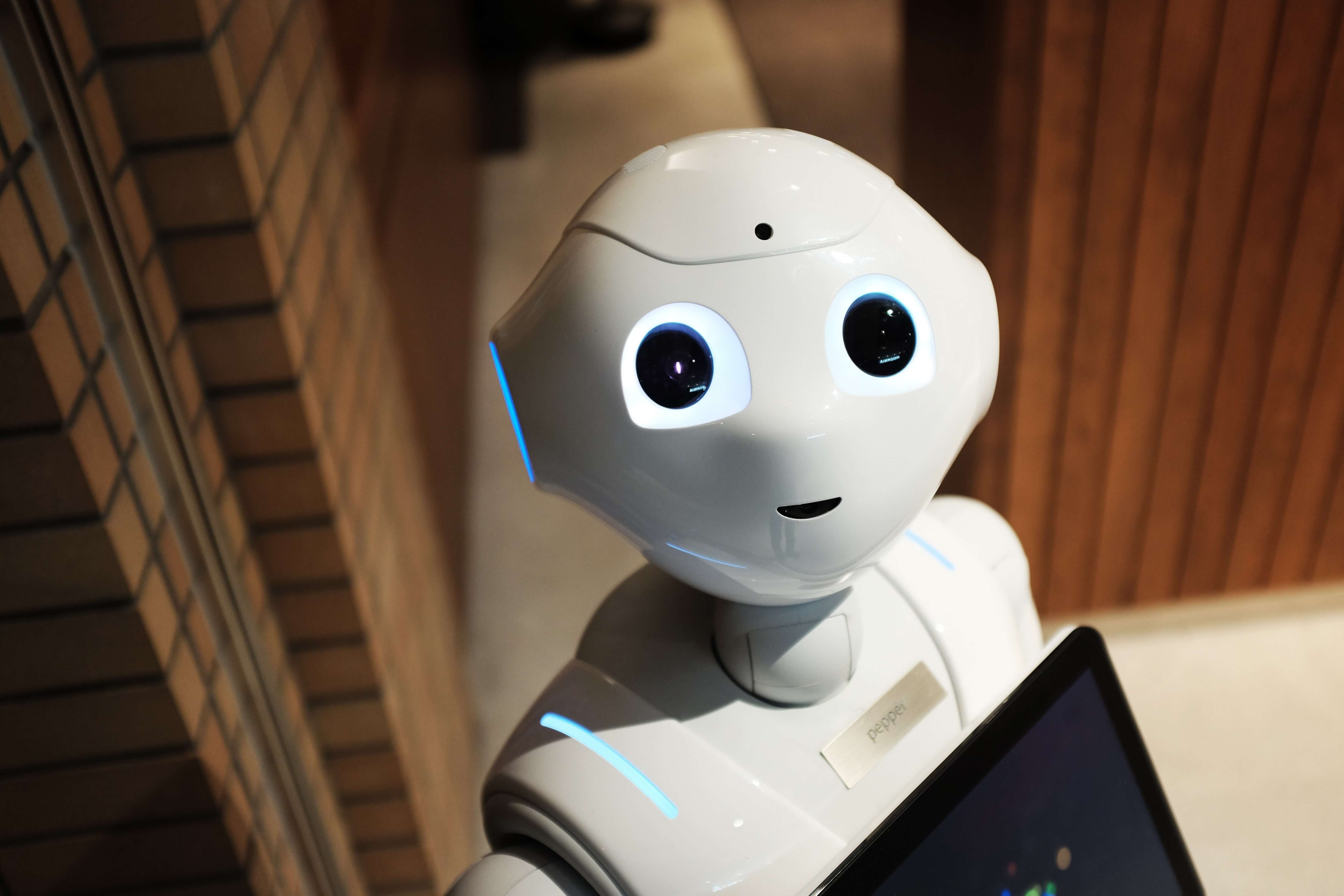

.png?width=1584&name=Python_%20The%20Definitive%20Business%20Guide%20-%20blog%20banner%201584x396%20(1).png)


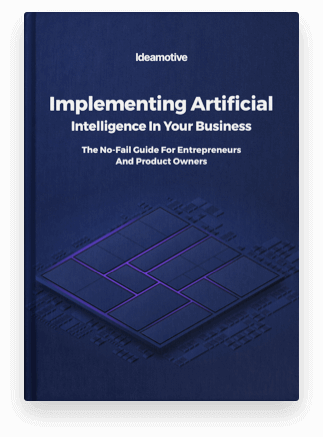
-1.png)
